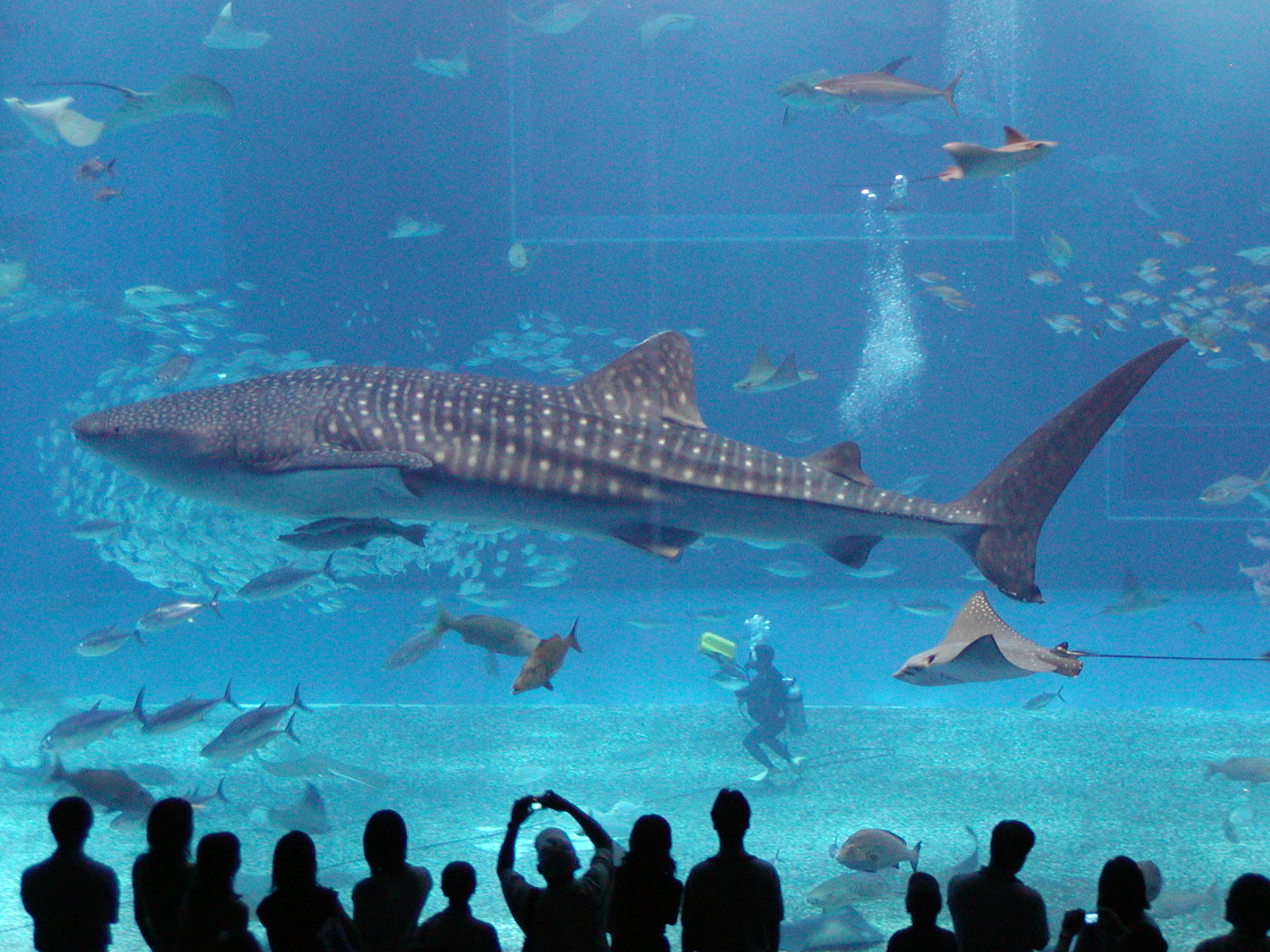This month and up to December, watch the National Geographic Channel’s special series on the migration of animals to the Philippines.
Every year, the Philippines hosts some of the world’s greatest animal migrations, including that of thousands of humpback whales, sea turtles, whale sharks, and wild birds.

“In the global theater of animal migrations, our archipelago is a major destination. The Philippines plays a key role in ensuring the survival of some of the world’s most vulnerable and endangered species,” said Jose Ma. Lorenzo Tan, CEO/vice chairman, Board of Trustees, WWF-Philippines.
“With the onset of winter, humpback whales come to the Babuyan Islands from as far away as Alaska’s Bering Sea, in order to calve. Migratory birds from Japan, Korea, and China come to feed at the Candaba Marsh in Pampanga, Olango Island in Cebu, the Agusan Marsh in eastern Mindanao and the dozens of other Philippine ‘refueling stations’ along the East Asian Flyway,” said Tan in a Malaya report.
Tan led a talk on animal movements across the Philippines as part of National Geographic Channel’s launch of “Great Migrations” and the press screening of its first episode “Born to Move” at Cinema 5, Greenbelt 3, Ayala Center in Makati.
The most ambitious documentary in the 122-year history of the National Geographic Society, “Great Migrations” is a seven-part global television program that features the difficult journeys millions of animals embark on to ensure the survival of their species.
“’Great Migrations’ is a high-definition chronicle of epic, inspiring, and often harrowing journeys of animals that move as millions and survive as one,” said Jude Turcuato, Fox International Channels territory director. “It tells of the unforgiving odds that they face and shows what it means to move as though your life depends on it.”
Shot from land and air, in trees and cliff-blinds, on ice floes and underwater, in some of the most unforgiving places on the planet, “Great Migrations” took three years to produce using some of the most advanced surveillance and filming technology to reveal new scientific findings, including bull elephants scouting migration routes and transferring knowledge to matriarchs and re-discovery of epic knob migration in Sudan thought destroyed by civil war.
“Great Migrations” (Sundays, 9 p.m.) features “Born to Move,” “Need to Breed,” “Race to Survive,” and “Feast or Famine” – four one-hour episodes that focus on incredible animal journeys, the reasons for their great migrations, and the overwhelming challenges they face.
“Born to Move” which was shown on Nov. 7 tells the story of four of the most remarkable animal movements: Sperm Whales traveling over a million miles in a lifetime; Red Crabs overcoming horrific obstacles on a daily basis; Monarch Butterflies taking four generations to cross a continent; and Wildebeest, rising above the gaping jaws of ravenous crocodiles every year.
“Need to Breed” (Nov. 14) takes viewers from the rocky beaches of the Falkland Islands to the dense forests of Costa Rica and Australia to the desolate savannah of southern Sudan to reveal why animals risk everything on almost impossible voyages – to ensure the survival of their species.
In “Race to Survive” (Nov. 21) animals such as walruses, whale sharks, zebras, orangutans, pronghorns, and planktons are in a move or die situation. In a race against changing seasons and climate, they are forced to travel to breed, feed and stay alive.
“Feast or Famine” (Nov. 28) shows how trillions of creatures, from microscopic plankton to rare desert elephants; from predatory bald eagles to luminous jellyfish; from ravenous Great White Sharks to lightning quick peregrine falcons, are constantly moving to satisfy their hunger.
There are also episodes on the science behind animal migrations (“Great Migrations: Science of Migrations,” Dec. 5, 9 p.m.), a montage of behind-the-scenes videos of dramatic or comical moments (“Great Migrations: Behind-the-Scenes,” Dec. 12, 9 p.m.), and a narration-free music video that combines the best footage with an original orchestral music (“Great Migrations: Rhythm of Life,” Dec. 19, 9 p.m.). Marathon episodes will air on Dec. 26, 11 a.m. to 6 p.m.



 ShareThis
ShareThis